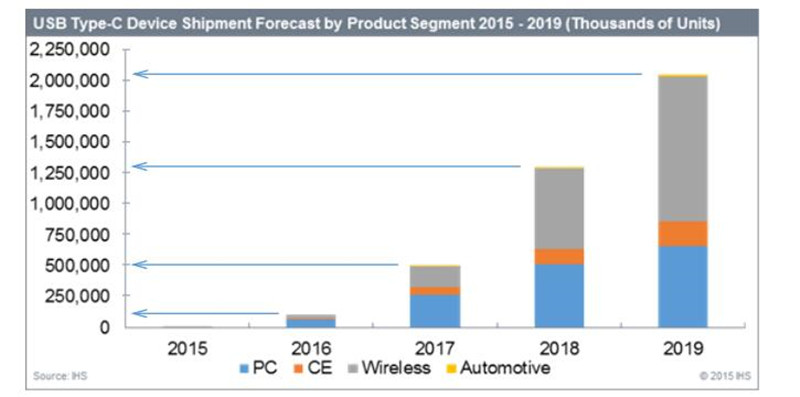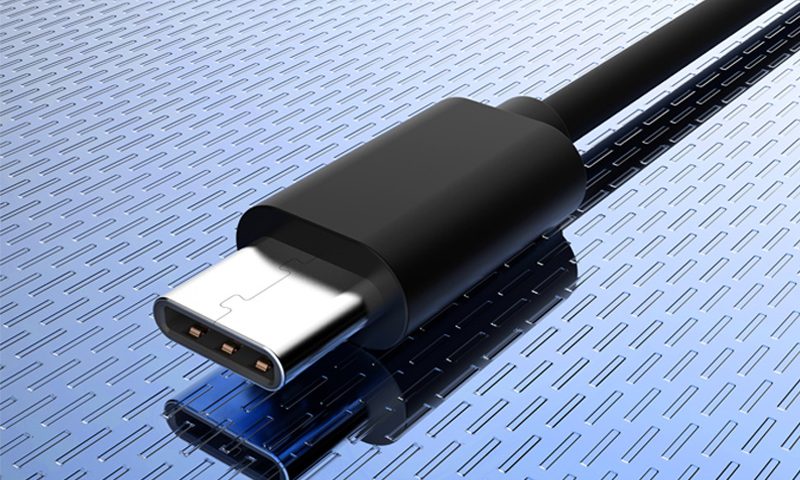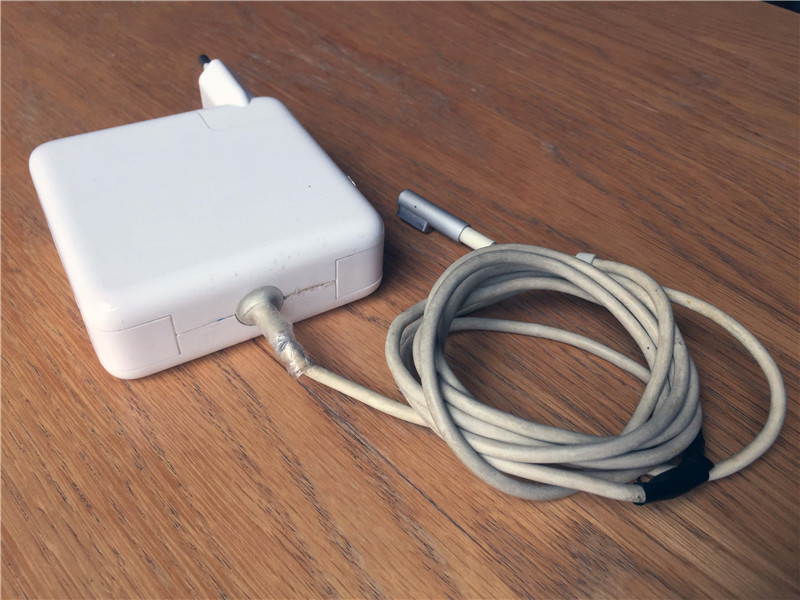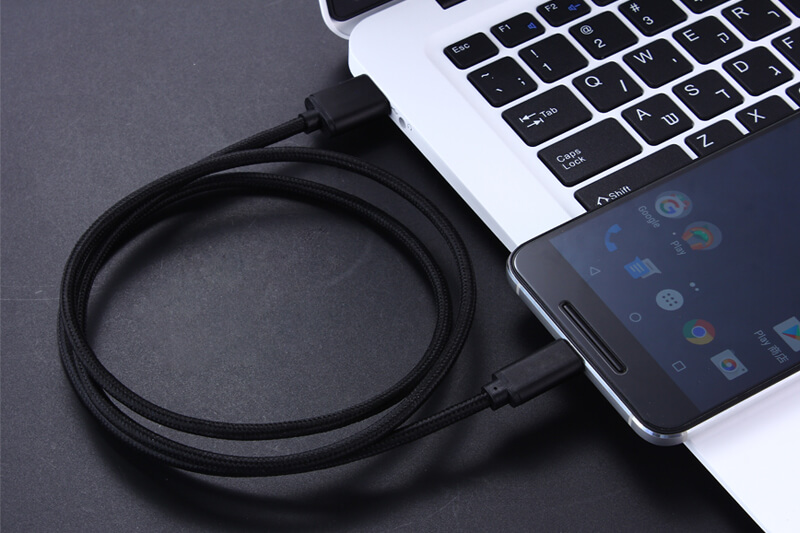What is USB Type-C?

How to Choose USB Type-C Cable?
8月 29, 2017USB Type-C, (commonly known as simply USB-C)It’s a new USB physical connector equipped with 24-pin USB connector system allowing transport of data and power, just like update version compares to Type-A and Type-B. The USB-C connector was developed by the USB Implementers Forum(USB-IF) in August 2014.
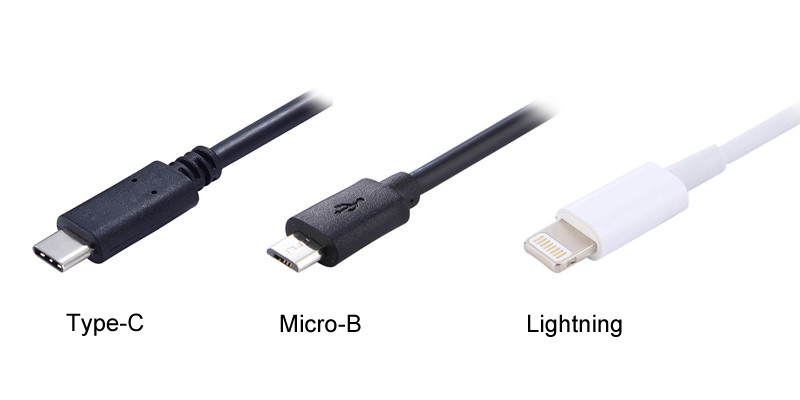
What is the relationship between Type-C and USB 3.1?
Strictly speaking, USB 3.1 is a transmission standard. After the development of USB 1.0, 2.0 and 3.0, USB 3.1 has made great progress in all aspects. And USB Type-C is precisely an interface standard. USB 3.1 interface standard include USB Type A, USB Type B (Micro USB) and the latest USB Type-C. At present, Type An interface mainly as a computer and other equipment interfaces. Micro USB is mainly in the smart phones and other small devices, the application is very extensive. And Type C interface widely applied in all kinds of flagship phones, It may replace other interfaces in future.
What are the advantages of Type-C?
Reversible Design: people no longer need to squint to plug in the cable, You can insert the connector in both ways. Unlike the older USB ports, it doesn’t matter either side to plug in.
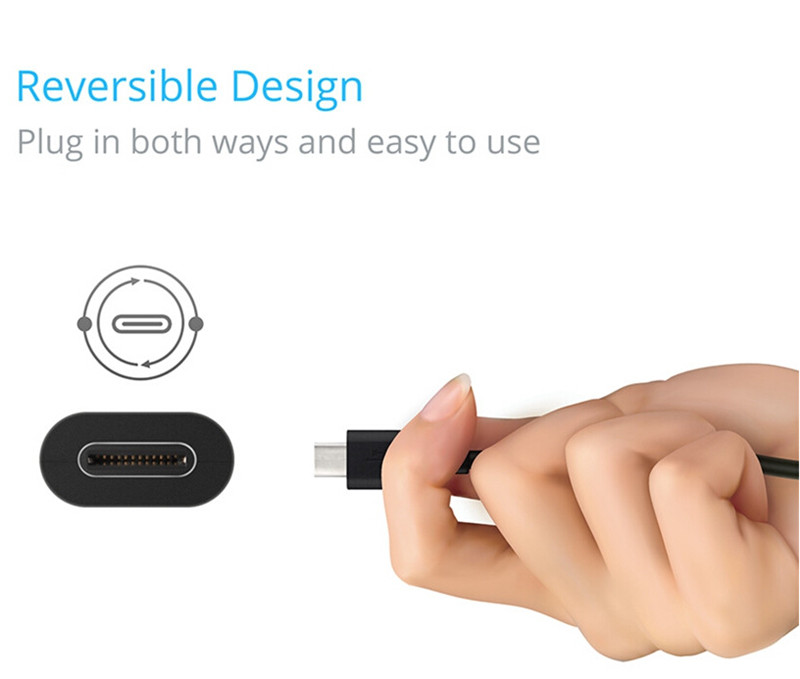
Faster Data Transfer: The Type-C ports can transfer data with up to 10 gigabits per second speed. It is extremely fast when compared to the traditional USB ports.
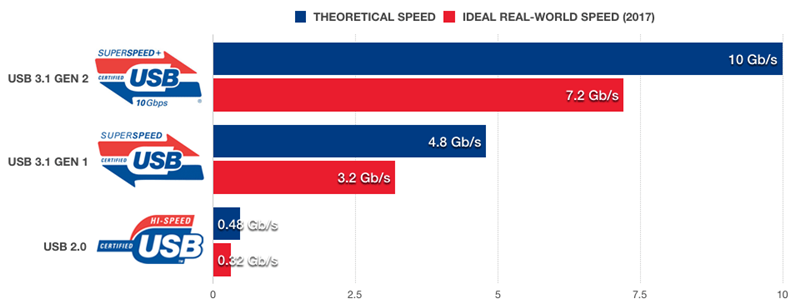
Stronger Power supply: The USB C-Type connectors can output around to 100 watts of power which are enough to power your devices.
USB Type-C is flexible: Using the USB C Type ports, users will be able to connect even unsupported devices using suitable adapters. Even devices that use non-USB technologies, like VGA, DisplayPort and Ethernet could be connected using this.
Support more protocols: Thunderbolt, DisplayPort.
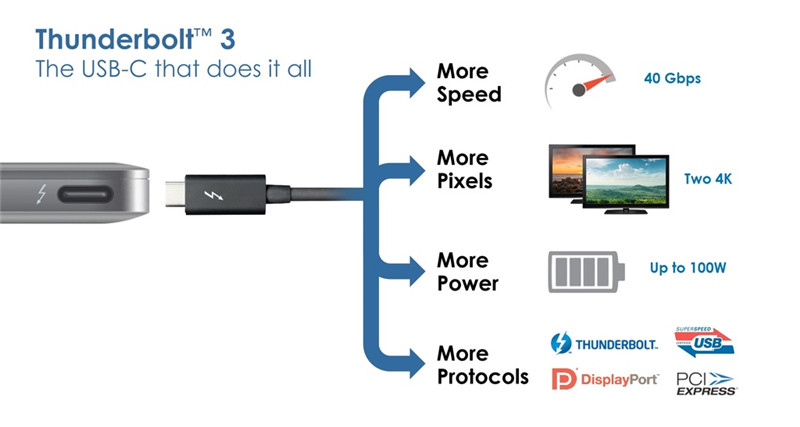
According to the USB Type-C device shipment forecast by IHS, over 2 billion USB Type-C based units expected to ship in 2019, the era of USB Type-C is coming, are you ready?
